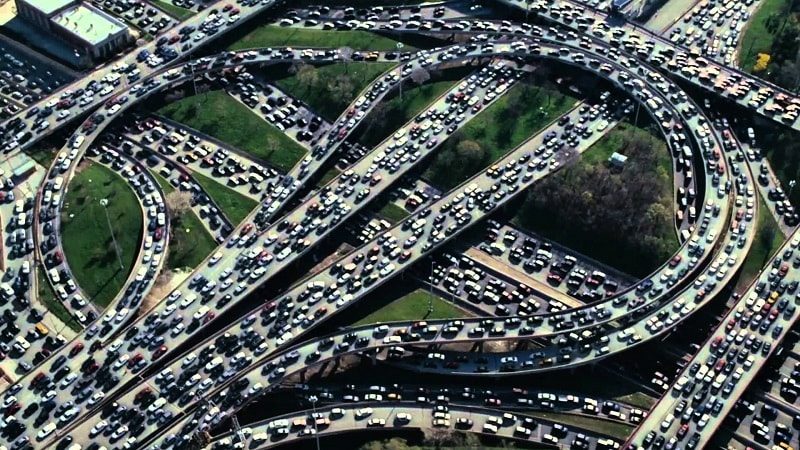New AI Algorithm Can Beat Traffic Jams
Ashley Allen / 7 years ago

While most of them would be loath to admit it, most traffic jams are either caused or exacerbated by poor decisions made by drivers. Accidents and roadworks aside, lane-changing on motorways or dual carriageways, rubbernecking at that Golf GTI that’s been pulled over by police for speeding, and inconsiderate driving all contribute to slow down and choke the flow of traffic, the results of which are most magnified during the morning and early-evening rush hours. A team of computer engineers from Singapore, though, think they have a solution to easing traffic jams: put artificial intelligence in charge of decision-making.
Computer scientists at Nanyang Technological University have developed a new AI algorithm that, they claim, can minimise the effects of traffic jams in self-driving cars. The system relies upon being distributed across a number of different autonomous vehicles, and only 10% of vehicles operating with the algorithm need to be in operation to be effective. The AI systems in these vehicles can work co-operatively to mitigate decisions they may negatively impact the flow of traffic, so if there’s an accident on the side of the road, don’t expect your self-driving car to slow down so you can have a voyeuristic peek. These findings have been published by April’s issue of IEEE Transactions on Emerging Topics in Computational Intelligence in a paper entitled Routing Multiple Vehicles Cooperatively: Minimizing Road Network Breakdown Probability.
“The proposed multivehicle routing approach is fully scalable and distributed, which essentially makes it directly applicable to real traffic networks such as that in Singapore,” Hongliang Guo, Zhiguang Cao, and Madhavan Seshadri write in their paper. “Through numerical studies, the proposed algorithm is much faster in terms of convergence speed than that of state-of-the-art distributed computation approaches. Moreover, our approach always maintains a feasible route guidance solution during the computation process, which is applicable to scenarios with real time decision making requirements, i.e., the reaction time must be within seconds. Simulation results in arbitrarily large road networks with realistic settings show the effectiveness of the proposed algorithm.”
“We assume that the traffic breakdown model has already been given, and the probability of traffic breakdown occurrence is larger than zero (meaning that traffic breakdowns would occur), and our goal is to direct the traffic flow so that the overall traffic breakdown probability is minimized,” the engineering team explains in the paper. Or, “our objective is to maximize the probability that none of the network links encounters a traffic breakdown.”
Self-driving cars may not only prove to be safer, but faster, too.



















